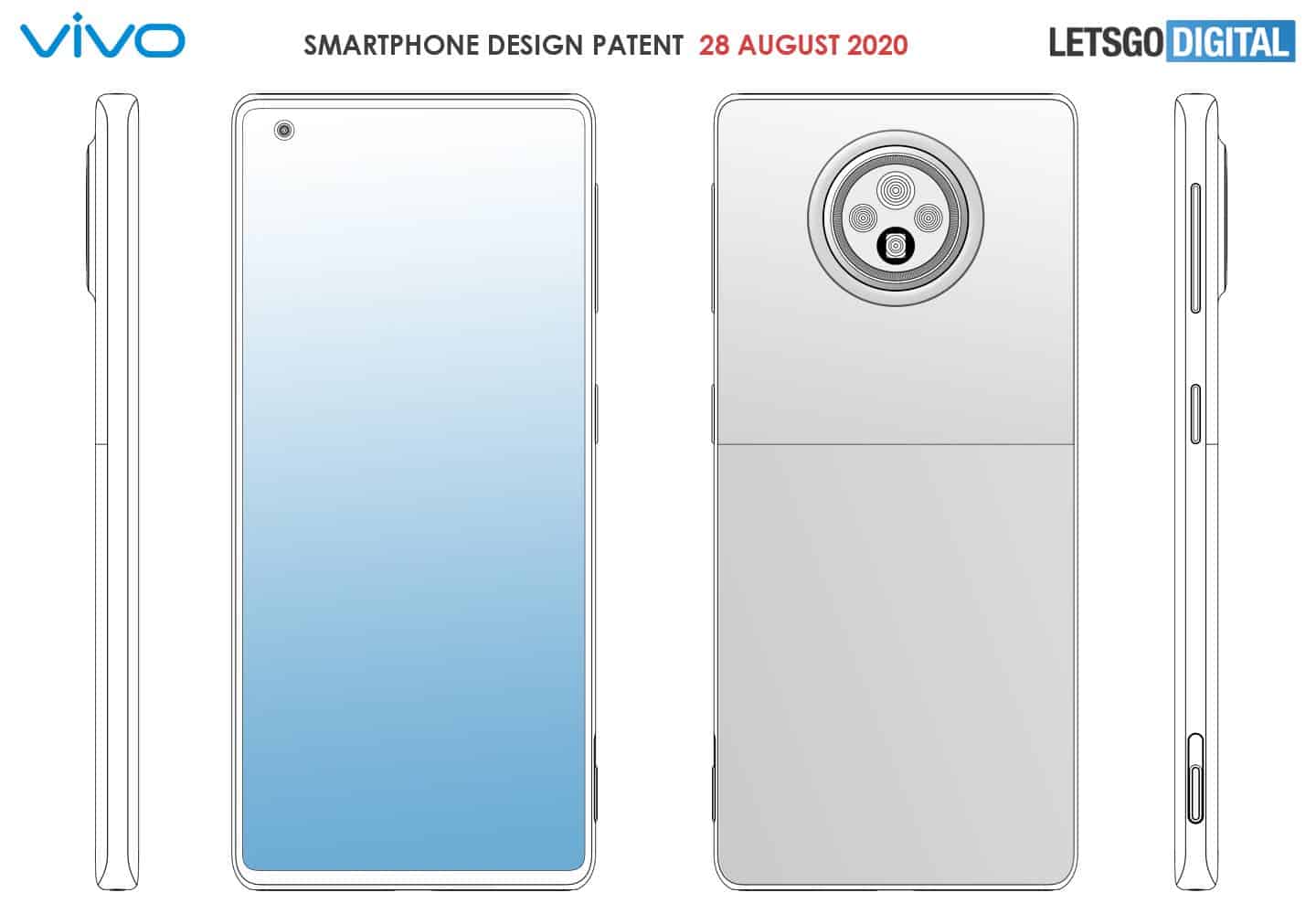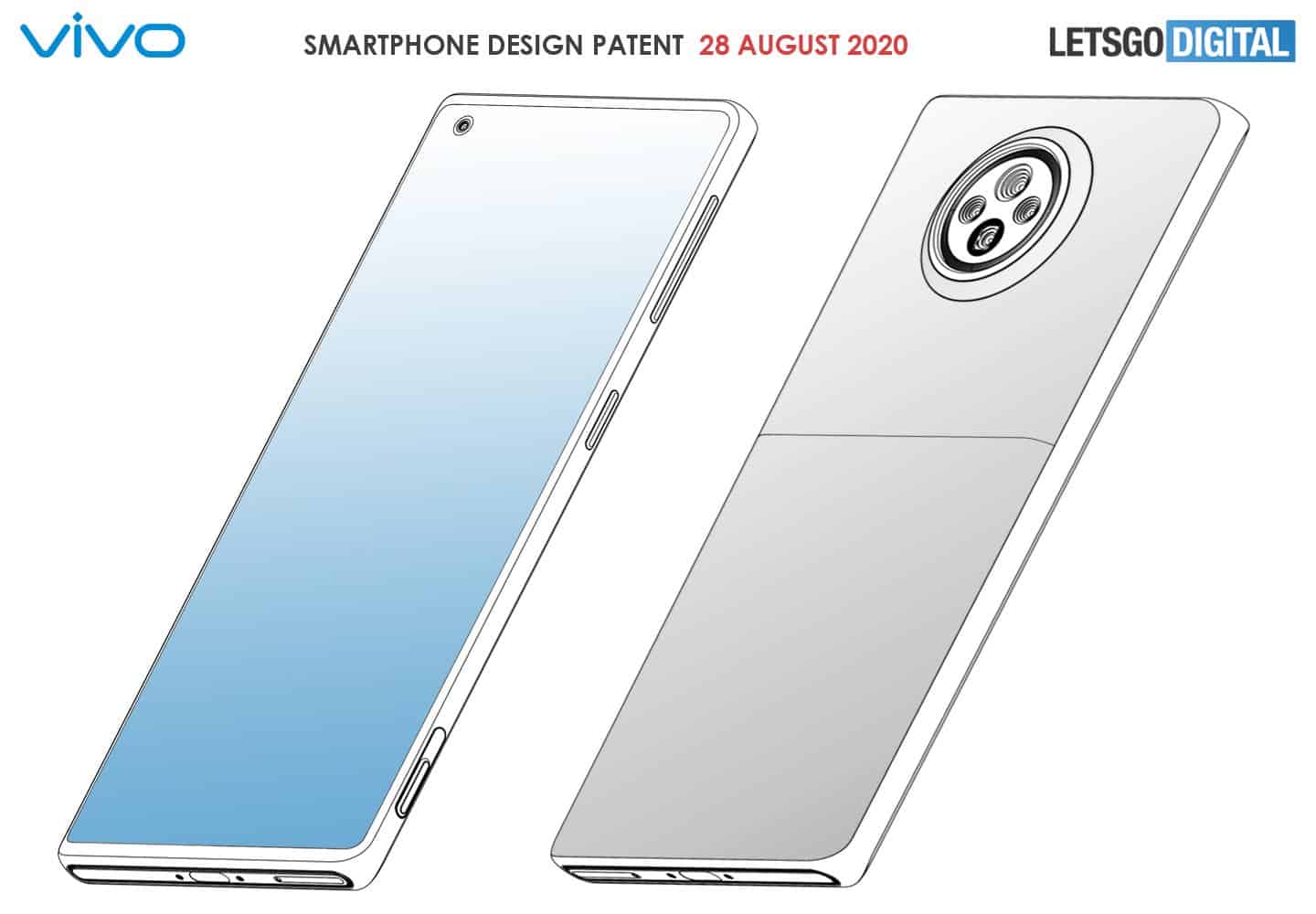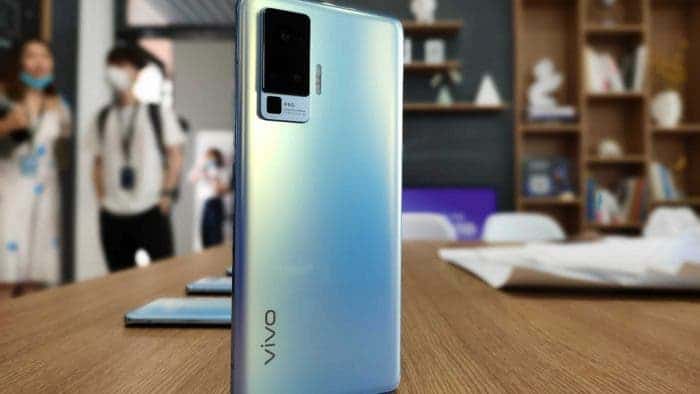I think that many have noticed for a long time how recently smartphone manufacturers have made it a rule to flaunt devices’ cameras. They try to do everything to stand out from the competition in terms of photographic capabilities. Among them is Vivo, which recently introduced a new level of optical stabilization in the X50 Pro. It went further and today announced a proprietary camera sensor.
True, the company did not go into the intricacies of the sensor characteristics, limiting itself to a generalized story about it. They used an RGBW pixel structure, that allows the capture of 160% more light than conventional sensors. In theory, the camera should be one of the best on the market in all lighting conditions, but where it should definitely be a favorite is when shooting in low ambient light conditions.

Vivo claims that it did not use anyone’s developments. Everything is created by the minds of its engineers, and it reimagined the camera sensor, and its module surpasses all solutions on the market.
It will only be possible to check Vivo’s statement in the second half of 2021, when the company will release the first smartphone with the new sensor.
Vivo patent a smartphone with a periscope zoom camera
Many manufacturers have been actively using periscope sensors for some flagship and sub-flagship devices for a couple of years in order to provide several times zoom without losing quality. For example, Vivo uses them in some flagship smartphones like the Vivo X30 Pro and Vivo X50 Pro / Pro +. And recently the company has patented another smartphone design with a periscope lens.

This patent belongs to Vivo Mobile Communications and published at CNIPA (China National Intellectual Property Administration) on April 24. It was published after its approval on 28 August. As usual, LetsGoDigital was the first to get hold of the details of the new patent.
According to the sketches, this smartphone has a full-flat screen with minimal bezels. And a cutout in the upper left corner for the front camera.
On its right side, there are three keys. Volume control buttons, a power button and an additional switch, possibly of various sound modes. On the bottom, there is a SIM card tray and a USB Type-C port.

At the back, the smartphone shows a two-tone design – the separation of the two colors happens exactly in the center. In the upper part, there is a block of the main camera for four lenses, cut into a circle. It include the main sensor, a periscope camera and two more sensors.
This camera layout is not like the X50 series cameras. It resembles Vivo NEX 3 / NEX 3S. Hence, if the company ever plans to use this patented design, it will likely launch a NEX series phone.





